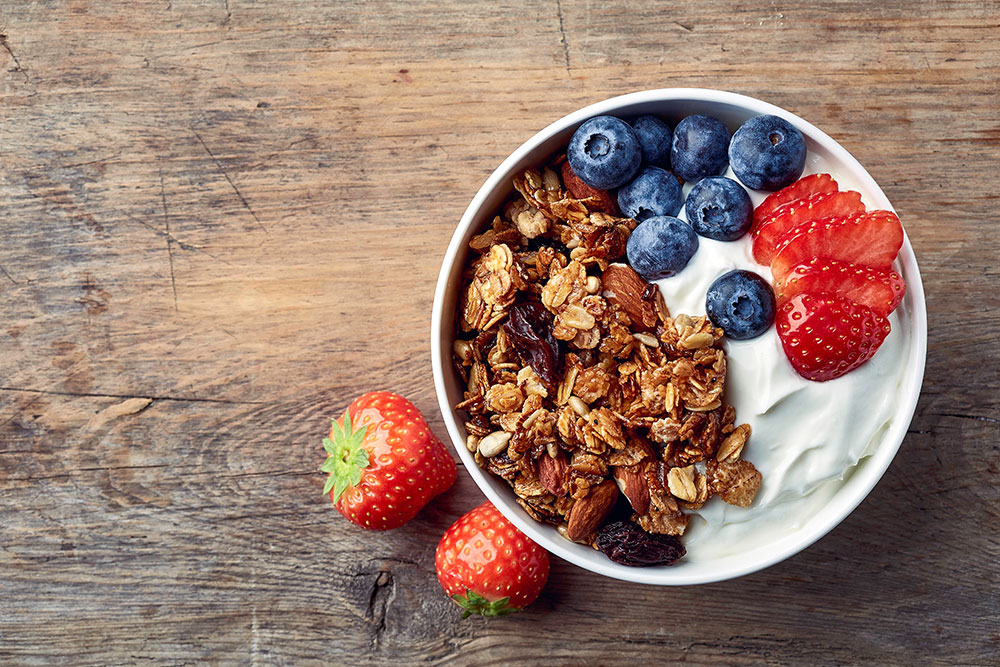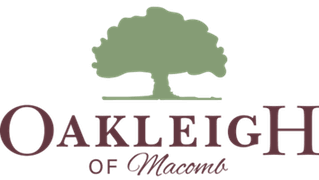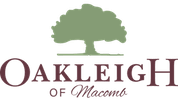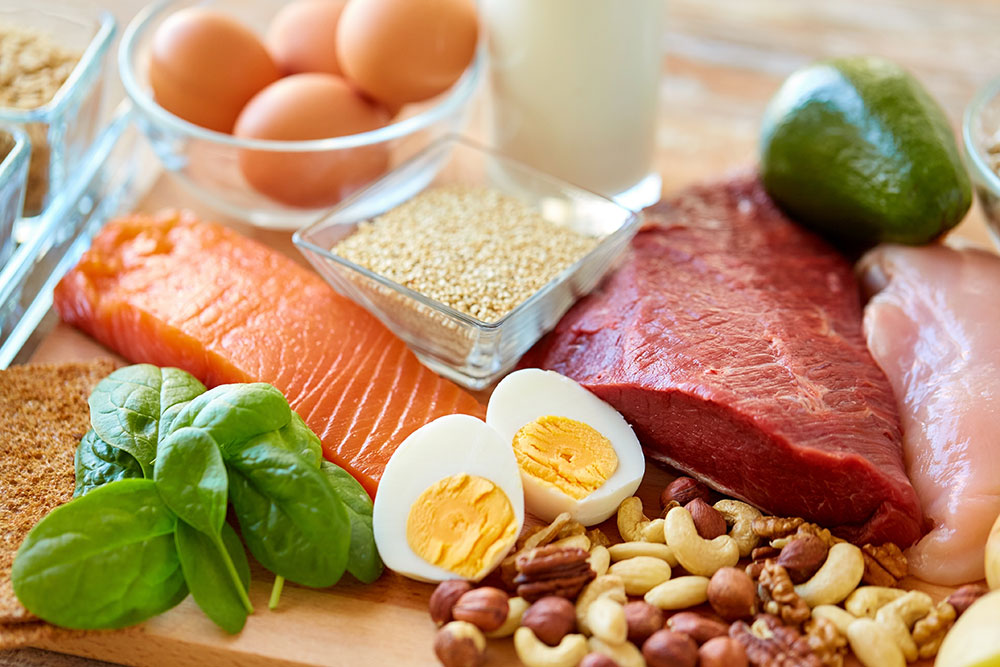High protein meals are not just for bodybuilders and marathon runners. Believe it or not, older adults such as yourself also need to consume protein-rich foods to stay healthy and avoid nutrient deficiencies. Here’s why assisted living facilities near you are promoting meals packed with protein.
Why Do Seniors Need More Protein?
According to recent research, seniors need to eat at least 1 to 1.3 grams of dietary protein daily per every kg of their body weight. For instance, if you weigh 180 pounds, you need to get at least 80 to 104 grams of protein from your food. This amount of protein is much higher than the recommended daily intake of an average person, but it’s all for a good reason.
As your body ages, some of its functions gradually decline, and that includes your body’s ability to process protein. Plus, you already used up all your protein reserves during your younger years; that’s why you need more to fill it up again.
Furthermore, an aging body needs more protein to avoid losing too much muscle mass, leading to falling incidents and other injuries. Some of the most important benefits of protein also include:
- It maintains bone and joint strength and overall health.
- It strengthens the body’s immunity, allowing it to fend off diseases and recover faster from them.
- It helps build and repair the body’s cells, specifically the internal organs.
- It maintains the balance in your body’s fluid levels.
- It keeps the eyes and your vision healthy.
Lastly, proteins in food help prevent chronic diseases in seniors, such as cardiovascular disorders and high blood cholesterol.
6 Creative Ways to Increase Protein Intake
If you want to maintain your ability to walk around the neighborhood or climb the stairs in your home, then you better fill your everyday meals with protein-rich foods. Here’s how!
1. Start With a High-Protein Breakfast
Most seniors have a much lower protein intake during the early hours of the day, which is a huge mistake.
Yes, you do need to spread out your protein intake throughout the day, BUT you need to pack your mornings with protein to have all the energy that you need to function each day. Here are some tips on how to make a high protein breakfast:
- Use whole grains, like quinoa, wild rice, and buckwheat, instead of refined ones.
- Add nuts and seeds to your cereals.
- Replace cereal with Greek yogurt together with nuts and seeds.
- Eat one or two hard-boiled eggs during breakfast.
- Use chickpea on your breakfast bowl or pancakes.
- Opt for a peanut or cashew butter on your whole-grain toast or oatmeal.
Additionally, you should start munching on the protein-rich foods first before the starches, as this will prevent an increase in your blood sugar after a meal.
2. Munch on Protein-Rich Snacks
Cut back on cookie treats and pastries for snacks and replace them with foods rich in protein. This would ensure that you will fulfill your daily protein needs and even allows you to feel full without gaining weight.
You can mix up some protein-rich foods with those that are high in fiber and healthy fats to get all the nutrients you need in between meals. Some healthy and protein-filled ingredients to use include:
- Cheddar or cottage cheese
- Edamame
- Almond milk
- Healthy meat jerky
- Chia seeds or black seeds
You can mix this up with whole-grain toasted bread or in a hummus wrap. Also, you can make a pudding on some of them together with fruits and some frozen vegetables.
3. Choose Lean Meat
Assisted living facilities near you use lean meat in their daily menu for a reason. Lean meats refer to meat products with their fats and skins trimmed out, decreasing their fat content. Plus, lean meats are one of the best sources of protein and other essential nutrients, like selenium, vitamin B6, and B3.
Some examples of lean meat you can cook for lunch include skinless chicken or turkey, pork tenderloin, sirloin, and lean ground beef.
4. Load Up on Fish and Seafood
If you are not much of a meat fan, then you can opt for some seafood as a major source of your protein during lunch and dinner. This includes fatty fish like salmon, herring, sardines, tuna, and lake trout; other seafood sources are clams, scallops, prawns, crabs, and oysters.
Just remember to prepare your protein-packed fish and seafood using healthy cooking techniques, such as baking, grilling, broiling, and steaming. This ensures that the protein and nutrients inside the food would stay intact up until you enjoy it on your table.

5. Drink Protein Smoothies and Shakes
Water is still the best source of hydration for seniors. However, the occasional smoothie and shake won’t hurt, especially if it’s packed with protein, right?
Protein shakes are an easy way to get loaded up with protein, especially if you’re a busy senior in the mornings. Just toss in some of the basic ingredients of a shake and your chosen fruit or veggie, and you’re good to go!
However, you should always keep in mind to use only healthy ingredients for your protein shakes. This includes:
- A plant-based or animal-based protein powder without additives and refined sugar.
- Unsweetened almond milk or Greek yogurt
- Healthy fruits, like fresh frozen berries, banana, pineapple, and a little slice of mango to add flavor.
- Frozen leafy green, like spinach and kale.
- Chia seeds and ground flaxseeds
- Almond or cashew butter for healthy fats and added protein.
6. Include a High Protein Food in Each Meal
Older adults residing in assisted living facilities near you have their own caregivers to ensure that they get the right amount of protein they need every day. But for independently living seniors, it’s not really that easy.
Fortunately, you can quickly get your daily protein needs by making sure to include at least one or two high-protein foods in your everyday meals.
It can be as simple as consuming a Greek yogurt-based pudding after meals or topping your salad and oatmeal with chopped almonds.



